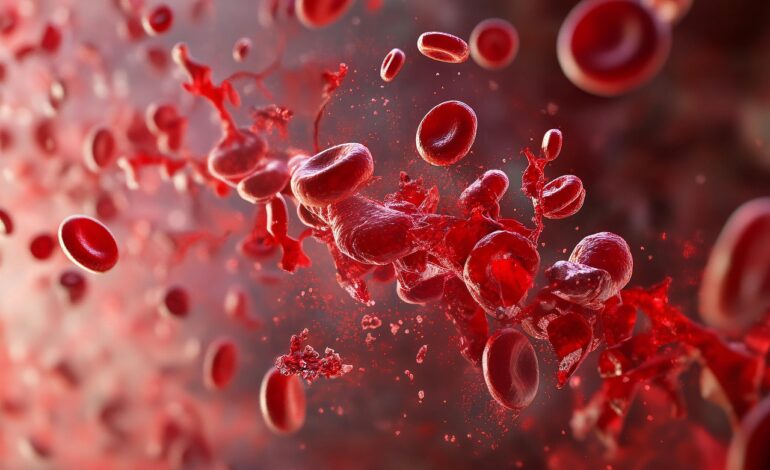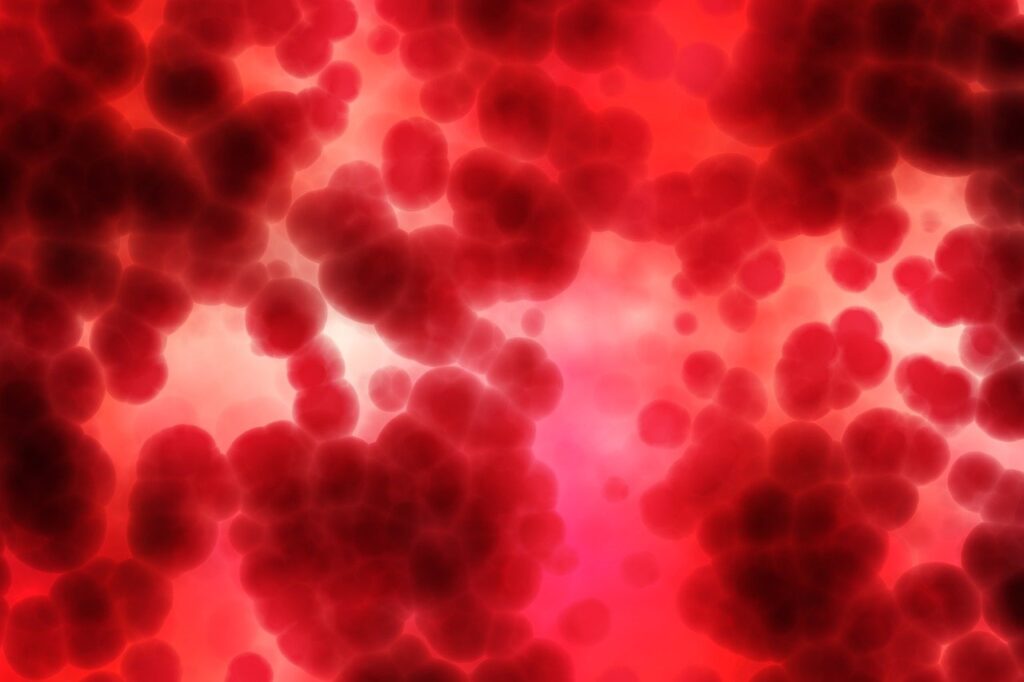Blood Cancer Uncovered: What You Need to Know About the Silent Killer Affecting Millions
Blood is life. It flows through over 60,000 miles of vessels in the human body, delivering oxygen, nutrients, and immune support. But for millions of people around the world, this

Blood is life. It flows through over 60,000 miles of vessels in the human body, delivering oxygen, nutrients, and immune support. But for millions of people around the world, this vital system becomes a battleground – the site of one of the most complex and devastating diseases: blood cancer.
Blood cancers don’t form solid tumors. They begin in the bone marrow or lymphatic system, often progressing silently until symptoms become difficult to ignore. Despite major advancements in treatment, many types of blood cancer remain under-recognized, misunderstood, and often misdiagnosed in their early stages.
In this piece, we’ll break down what blood cancer is, the different types, how it’s detected and treated, and why early awareness and diverse research are key to fighting this disease.
What Is Blood Cancer?
Blood cancer is a broad term for cancers that affect the blood, bone marrow, and lymphatic system. Unlike solid tumors that grow in specific organs, blood cancers interfere with how your body produces and regulates blood cells.
There are three main types of blood cancer:
- Leukemia – Affects the bone marrow and blood, leading to abnormal white blood cell production.
- Lymphoma – Begins in the lymphatic system, affecting the immune system’s ability to fight infections.
- Myeloma – A cancer of plasma cells (a type of white blood cell) that affects antibody production.
Blood Cancer by the Numbers
According to the Leukemia & Lymphoma Society (LLS) 2024 Facts Report:
- Every 3 minutes, someone in the U.S. is diagnosed with a blood cancer.
- Blood cancers account for nearly 10% of all new cancer cases.
- In 2023 alone, over 186,000 new cases of leukemia, lymphoma, and myeloma were expected in the U.S.
- Despite being just 10% of new cases, blood cancers made up approximately 9.4% of all cancer deaths in the U.S. that year.
Globally, leukemia is the most common cancer among children, but most blood cancers affect adults over 50.
Risk Factors & Causes
Unlike lung or skin cancer, the causes of blood cancers are often less connected to lifestyle choices and more linked to genetic, environmental, and immune system factors.
Read About: The Cancer No One Talks About: Why Bladder Cancer Remains in the Shadows

Known risk factors include:
- Exposure to radiation or certain chemicals (e.g., benzene)
- Family history of blood cancer
- Immune system disorders (e.g., HIV, autoimmune diseases)
- Previous cancer treatment (chemotherapy or radiation)
- Certain infections like Epstein-Barr virus (EBV) and HTLV-1
However, many people diagnosed with blood cancer have no known risk factors. That’s why awareness and routine blood work are essential – especially as we age.
What are the Early Symptoms of Blood Cancer?
One of the biggest challenges with blood cancers is their often vague and gradual onset. Early symptoms may be mistaken for common illnesses like the flu, fatigue or anemia.
Common signs include:
- Persistent fatigue or weakness
- Unexplained weight loss
- Frequent infections or fevers
- Night sweats
- Easy bruising or bleeding
- Swollen lymph nodes, spleen, or liver
- Bone pain, especially in the back or ribs
If you or a loved one experiences these symptoms consistently, especially if they worsen over time, it’s critical to see a healthcare provider for a complete blood count (CBC) and follow-up testing.
How is Blood Cancer Diagnosed?
Diagnosing blood cancer typically involves:
- Blood tests: CBC and blood smear
- Bone marrow biopsy
- Genetic and molecular testing to identify mutations
- Imaging: CT or PET scans to assess spread (particularly in lymphoma)
Advances in precision medicine and genomic profiling now allow oncologists to tailor treatments based on specific mutations – offering greater hope for targeted therapies.
What are the Blood Cancer Treatment Options?
Treatment depends on the type, stage, age, and overall health of the patient. The main modalities include:
- Chemotherapy – Standard for many leukemias and lymphomas.
- Targeted therapy – Drugs designed to attack specific cancer cells, often with fewer side effects.
- Immunotherapy – Including CAR-T cell therapy, which uses the patient’s own immune system to fight cancer.
- Radiation therapy – Especially used in localized lymphomas.
- Stem cell transplant – Used in aggressive or relapsed cases, offering a potential cure.
The survival rate has improved over the last two decades. For example:
- The five-year survival rate for chronic lymphocytic leukemia (CLL) has increased to nearly 88%.
- Hodgkin lymphoma now has a five-year survival rate of over 90% when caught early.
The Research Gap: Who Gets Counted?
While advancements are promising, challenges remain – especially in clinical trial diversity. Studies show that Black, Hispanic, and Indigenous populations are severely underrepresented in trials for blood cancers.
This is especially troubling because:
- Black patients are more likely to die from multiple myeloma than white patients.
- Some subtypes of leukemia have different genetic mutations across ethnicities that impact treatment effectiveness.
Solving this requires inclusive research design, culturally competent care, and systemic support for underserved communities.
What Can You Do for Blood Cancer Prevention?
There’s no guaranteed way to prevent blood cancer, but you can reduce risk and improve early detection by:
- Avoiding unnecessary exposure to toxic chemicals (e.g., benzene)
- Quitting smoking
- Staying up to date on regular blood tests and health screenings
- Talking to your doctor about family history and potential genetic testing
- Advocating for inclusive research and awareness campaigns in your community
The wrap up
Blood cancer is complex – but it’s not unbeatable. Early detection by blood cancer symptoms, precision treatment, and expanded research are changing what’s possible every year. As awareness grows and science evolves, hope is rising.
But the fight isn’t just about finding new therapies – it’s about making sure every patient, from every background, has access to them.
Knowledge saves lives. Share it, ask about it, and if something feels wrong – don’t ignore it.








